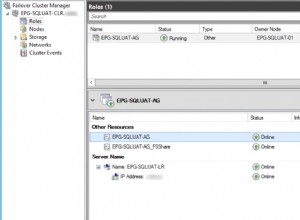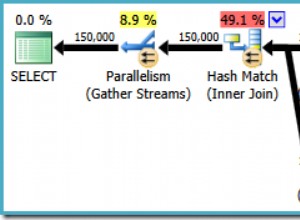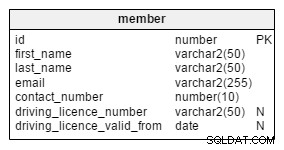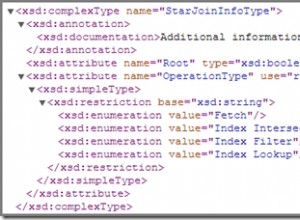J'extraireais les données par étapes :
SELECT xobjects.id, xobjects.name, xrows.index_id,
xrows.provider_id_description, xrows.provider_id
FROM XMLTABLE(
'/AuxiliaryType/AuxiliaryObject'
PASSING xmltype(
'<AuxiliaryType>
<AuxiliaryObject id="1" NAME="Provider_P107">
<Row>
<Index_id>1</Index_id>
<Provider_ID_description>GNRCN</Provider_ID_description>
<Provider_ID>GNRCN</Provider_ID>
</Row>
<Row>
<Index_id>2</Index_id>
<Provider_ID_description>EGUT12</Provider_ID_description>
<Provider_ID>EGUT12 </Provider_ID>
</Row>
</AuxiliaryObject>
<AuxiliaryObject id="2" NAME="Provider_P108">
<Row>
<Index_id>1</Index_id>
<Provider_ID_description>GNRCN</Provider_ID_description>
<Provider_ID>GNRCN</Provider_ID>
</Row>
<Row>
<Index_id>2</Index_id>
<Provider_ID_description>EGUT</Provider_ID_description>
<Provider_ID>EGUT </Provider_ID>
</Row>
</AuxiliaryObject>
</AuxiliaryType>'
)
COLUMNS
name VARCHAR2(30) PATH '@NAME',
id VARCHAR2(10) PATH '@id',
xrows XMLTYPE PATH 'Row') xobjects,
XMLTABLE(
'/Row'
PASSING xobjects.xrows
COLUMNS
index_id VARCHAR2(10) PATH 'Index_id',
provider_id_description VARCHAR2(30) PATH 'Provider_ID_description',
provider_id VARCHAR2(30) PATH 'Provider_ID') xrows;
Le tableau XML xobjects contient chacun des AuxiliaryObject instances dans le AuxiliaryType , à partir de votre texte XML d'origine. Il a les attributs name et id , plus un sous-XMLType contenant les lignes imbriquées. Le deuxième XMLTable, xrows , développe cela afin que les éléments puissent être extraits. Les jointures et le passage des types XML créent la hiérarchie qui donne la sortie souhaitée :
ID NAME INDEX_ID PROVIDER_ID_DESCRIPTION PROVIDER_ID
---------- ------------------------------ ---------- ------------------------------ ------------------------------
1 Provider_P107 1 GNRCN GNRCN
1 Provider_P107 2 EGUT12 EGUT12
2 Provider_P108 1 GNRCN GNRCN
2 Provider_P108 2 EGUT EGUT
Cela fonctionne dans SQL Developer avec une base de données 11.2.0.3 et dans SQL Fiddle .
Une version antérieure basée sur CTE de cette réponse fonctionnait également dans SQL Developer mais SQL Fiddle a obtenu une erreur ORA-600 ; cela, avec le problème que vous avez rencontré dans la question, suggère peut-être que SQL Fiddle est sur une version non corrigée, ou du moins corrigée différemment, de 11gR2 qui a des bogues dans la gestion XML.




